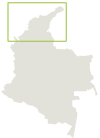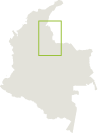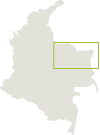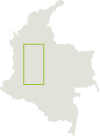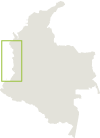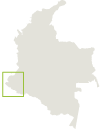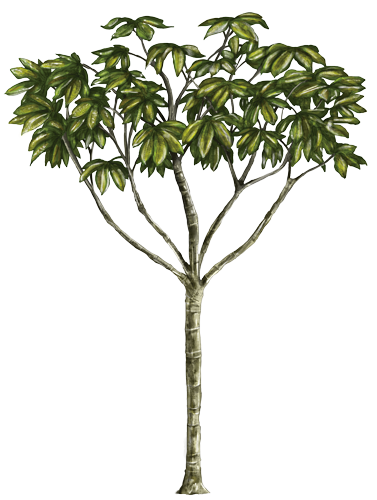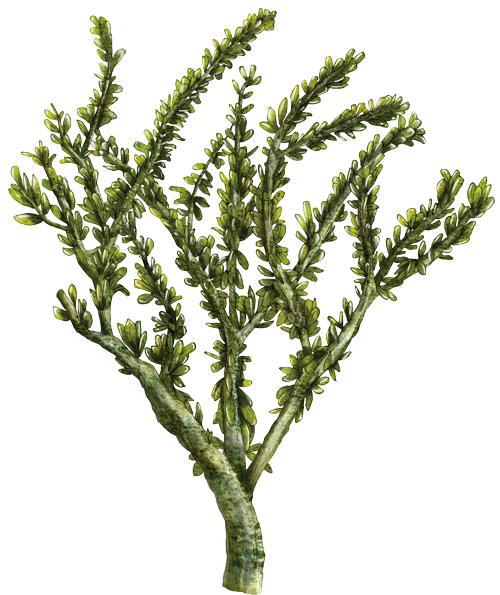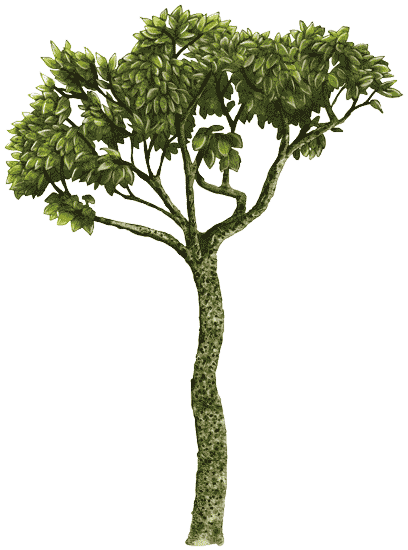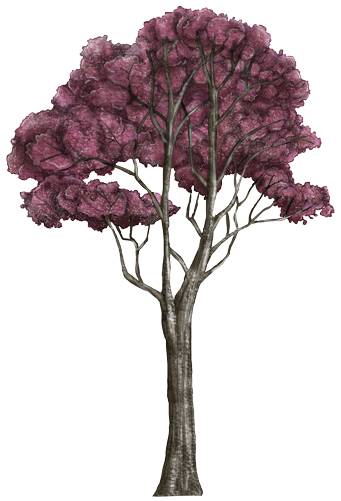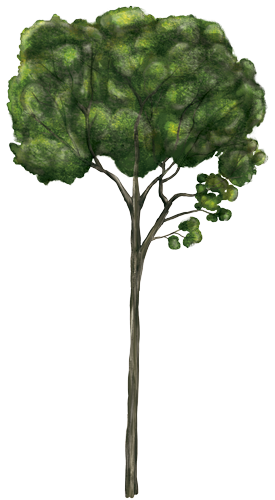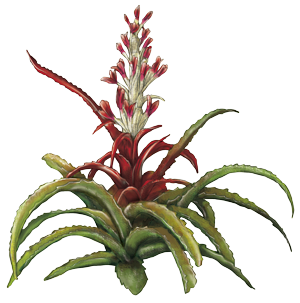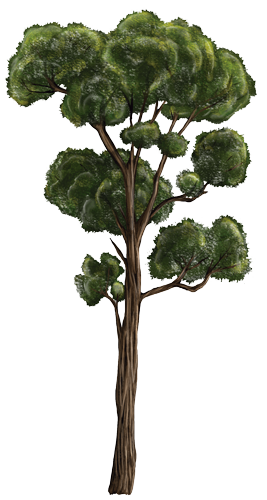The tropical dry forest is in a critical state of fragmentation and deterioration in Colombia. Most areas are under anthropic pressures such as cattle raising, human-built infrastructure, and agriculture.
The tropical dry forest (TDF) is found in the lowlands (0-1000 meters above sea level) and has a strong rainfall seasonality with at least three months of drought (<100 mm of precipitation per year). This ecosystem shelters a unique diversity of plants, animals, and microorganisms that have adapted to its extreme conditions. TDFs contain around 2,600 species of plants1, at least 230 bird species2 and 60 different mammals, 83, 33, and 3 of them being species exclusively from this ecosystem, respectively3. Additionally, TDFs offer fundamental ecosystem services such as water regulation, soil retention, and carbon capture4,5
Since the TDF is found in relatively fertile soils and specific climatic conditions, humans have settled in the same areas. The TDF is therefore considered one of the most threatened ecosystems in the Neotropics6, to such extent that the Ministry of the Environment and Sustainable Development declared the TDF as a strategic ecosystem for biodiversity conservation.
Until now, the impossibility of having a detailed map of TDFs had impeded their integrated management. So it was necessary to quantify their distribution and determine which are the anthropic pressures that affect these forests. The current situation of TDFs reflects a severe fragmentation that implies a scant amount of forest remnants, possibly limiting the supply of ecosystem services.
Considering that the TDF is present in a very low percentage (6.4%) of the areas of the National System of Protected Areas7(SINAP for its initials in Spanish), and that of the original 9,000,000 ha it covered only 8% remains, it is imperative to establish integrated strategies for its management7. These strategies should consider priority areas for conservation, ecological restoration by enriching degraded areas (shrubs and secondary forests), and fragment connectivity in productive landscapes8,9. In this sense, the following strategies should take action immediately: (a) position a research and monitoring agenda for more focused restoration efforts; (b) revise those official maps that report fragments smaller than 25 ha; (c) increase representativeness in the SINAP based upon original coverage and not only existing remnants; (d) include TDF areas in regional efforts of protection and land-use planning; and (e) connect the efforts of Nature Reserves of the Civil Society with complementary strategies10,11.
In order to put the recommended suggestions into action, a collective effort that includes the government, environmental entities, academia, and the private sector should be guaranteed. This would unfold in a more detailed study of the ecosystem and actions directed towards the conservation of these forests.
